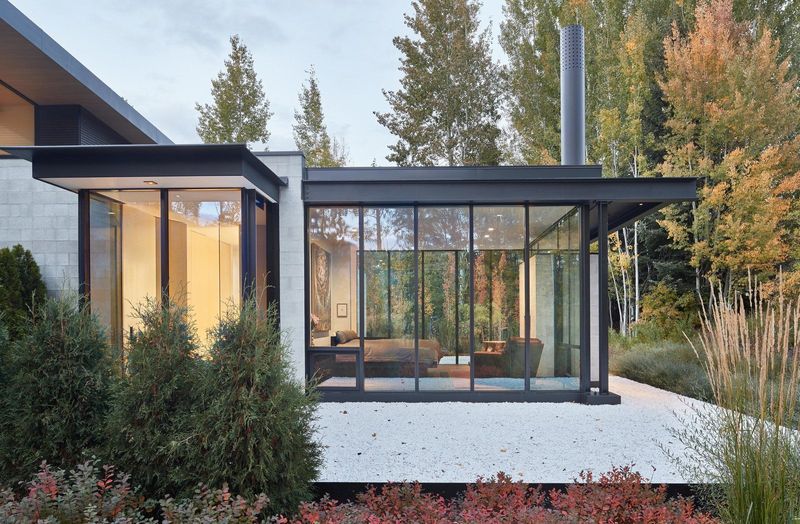ADUs are a great source of passive income if you own a property in California. Building a detached ADU is much easier as opposed to an addition to the existing house. When you also have the active collaboration of the state and local government to help you achieve it, the decision of having an ADU on your property becomes very appealing.
Let's start with the steps you'd have to take into consideration when you plan for an ADU.
First Step.
Calculate the size and location of the ADU you may be allowed to have on the property. Sounds complicated and expansive. In this case, your Value Added or New House report. If your property has an existing legal building in the rear yard, such as a garage or storage shed, this may be eligible for converting into an ADU.
Second Step.
Decide on how this ADU can serve you best. Is this unit helping you pay the mortgage by creating a rental apartment? Is it going to house multi-generational households or an older homeowner could move to the ADU while the children live in the main home? Depending on its primary use, you might realize that the size of the ADU may not be satisfy your final goal.
Third Step.
Take your Value Added or New House report to the Planning Department for a pre-application meeting. Submit a screening form to the Department of Building Inspection (DBI).
Fourth Step.
Design your project and finalize construction drawings. We, at CityStructure can help you with the drawing set if you need assistance.
Fifth Step.
Contact contractors to get cost estimates and time frame for the project. Here is a good article about the costs you'd have to take into consideration when putting together the budget.
Sixth Step.
Get information about financing. If you'd like to see how long it'll take to make a profit by renting your ADU, here is a calculator.
Check also California Housing Finance Agency to see if you qualify for additional funding.
Seventh Step.
The Planning Department and other city agencies review. If expansion is proposed this process will include Neighborhood Notification. We advise to hire a professional to put together the set of drawings for permits, unless you've already done so on step Four.
Eight Step.
Building permit is issued, all fees paid.
Ninth Step.
Hire a contractors. Start construction!
Tenth Step.
Once the construction is completed, schedule the final inspection with the city inspector. If not objections are made during the inspection, you should get the Certificate of occupancy. Now you have the ADU ready for your tenant to move in!

